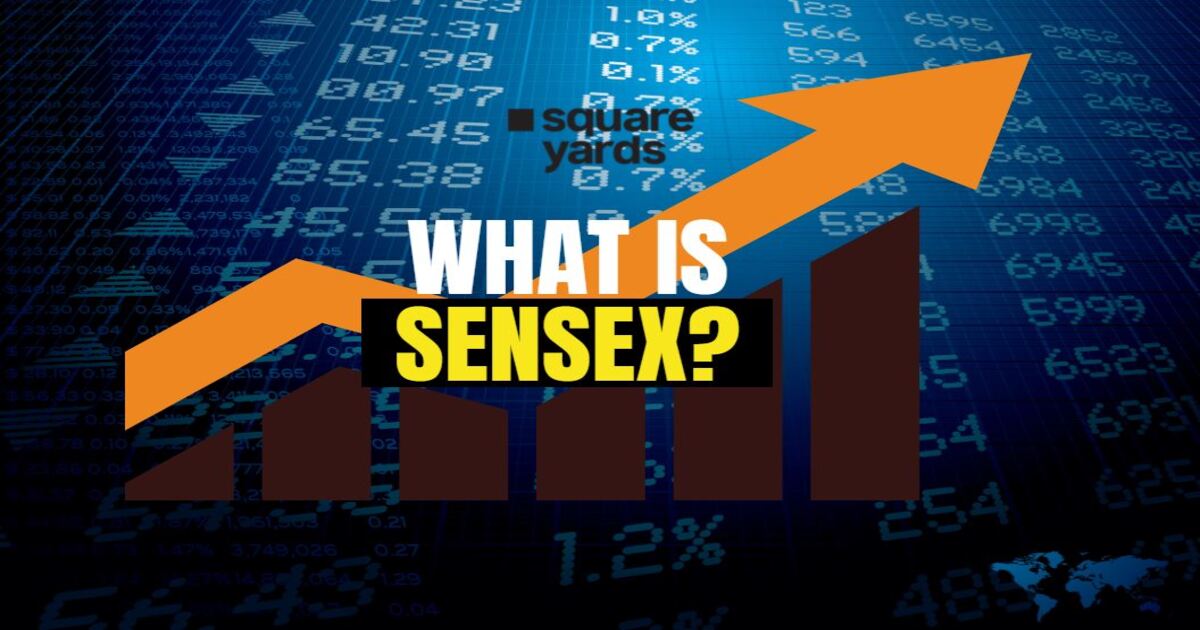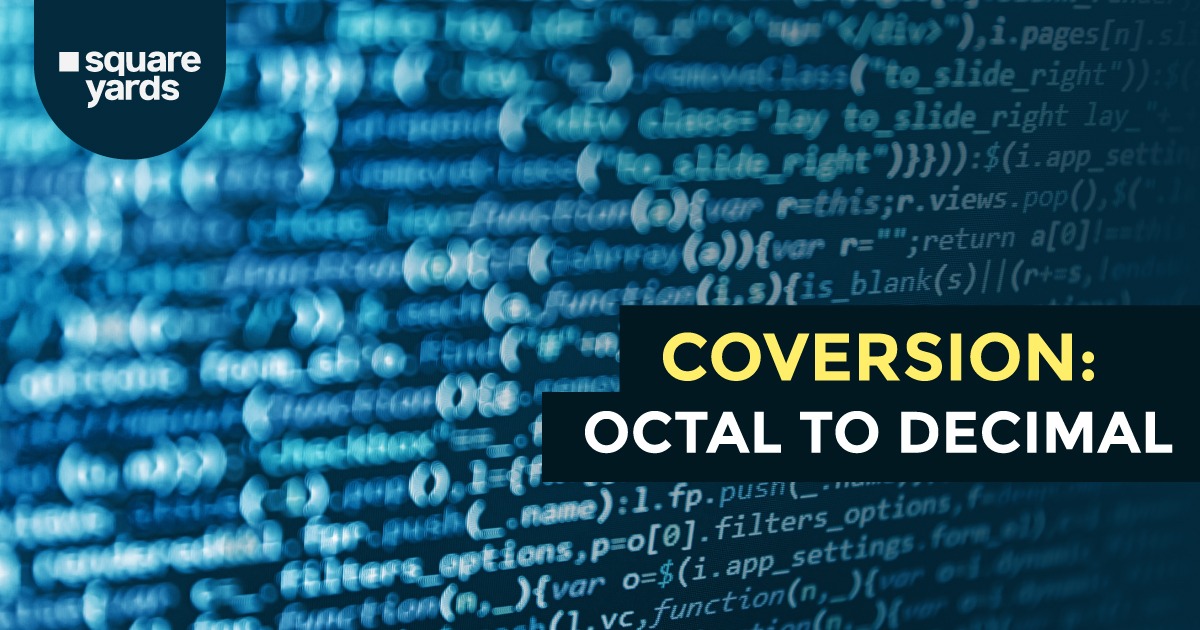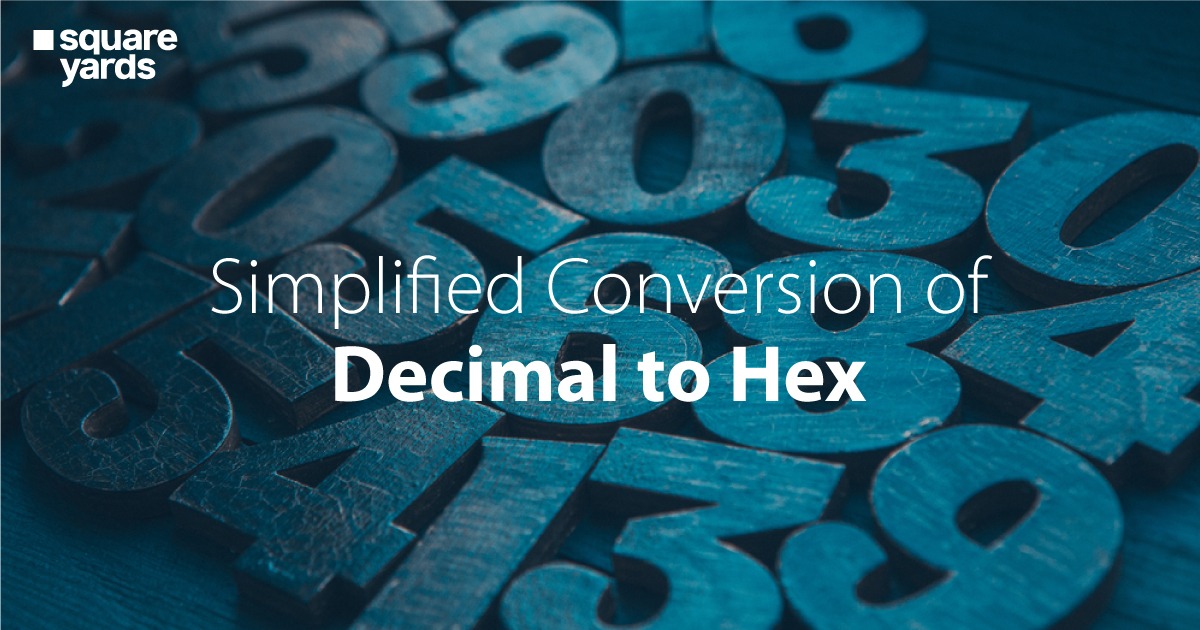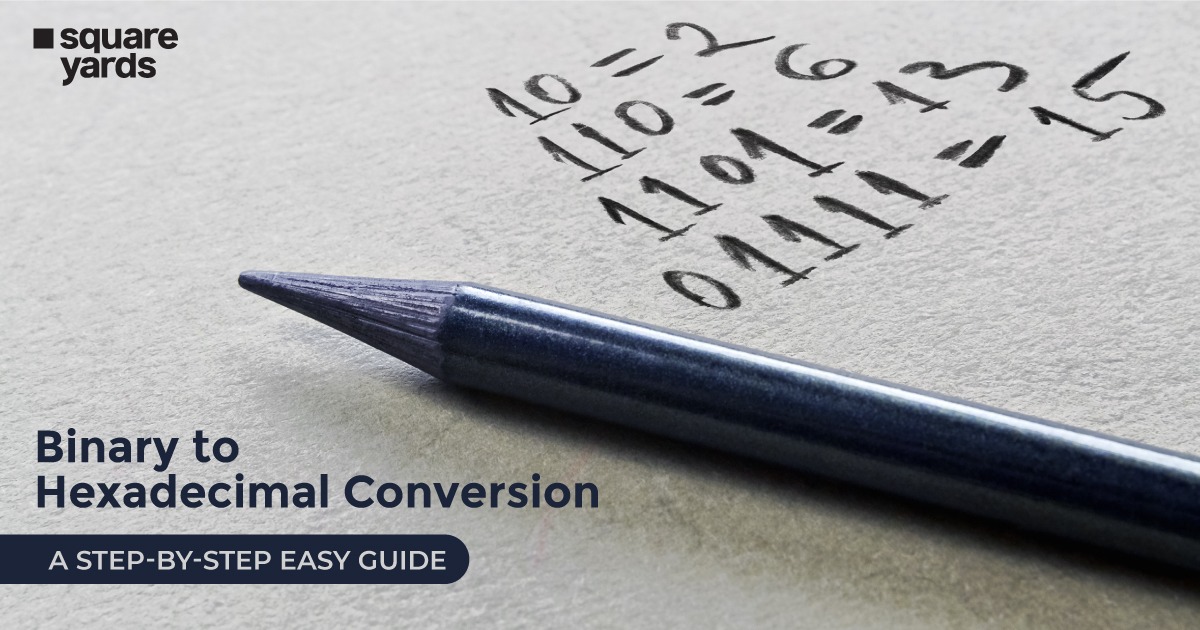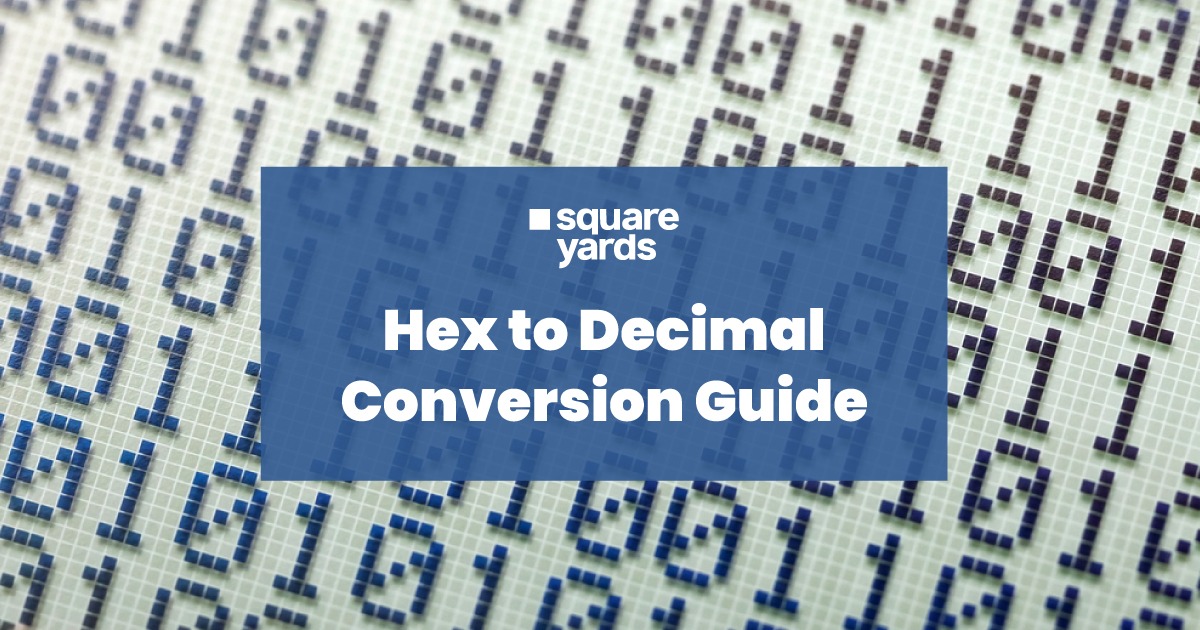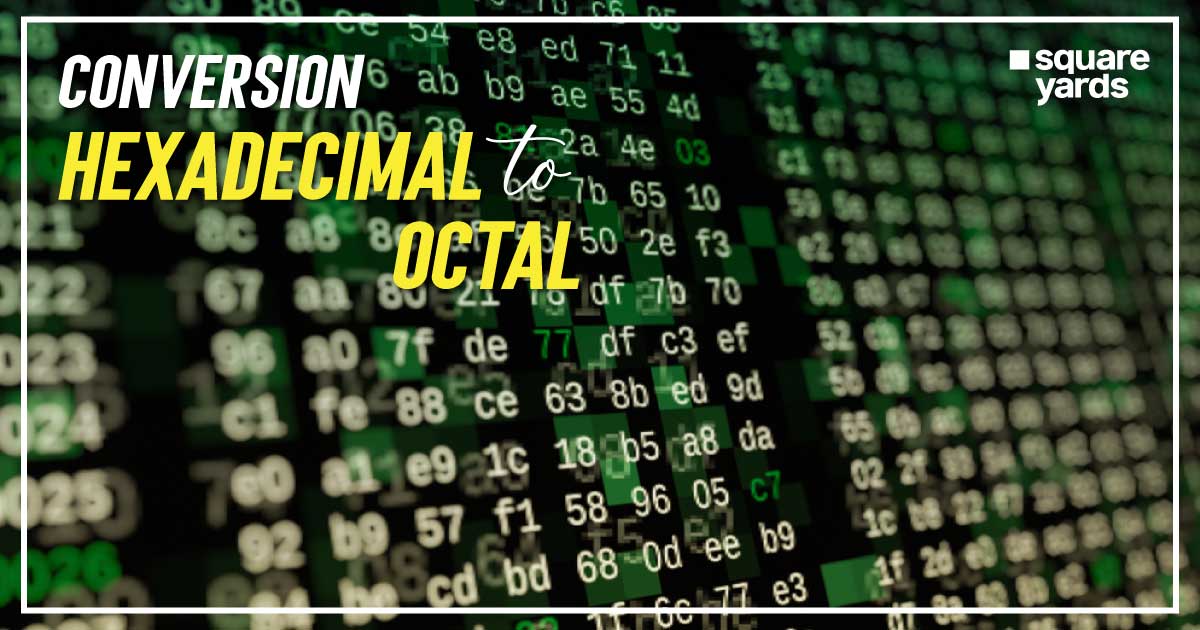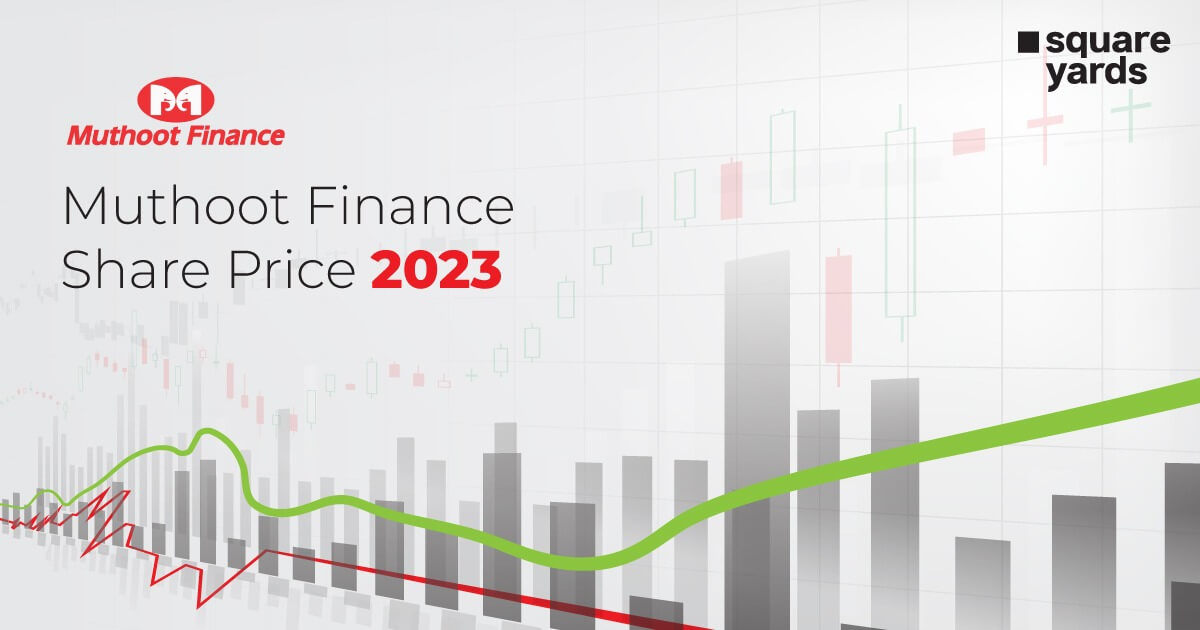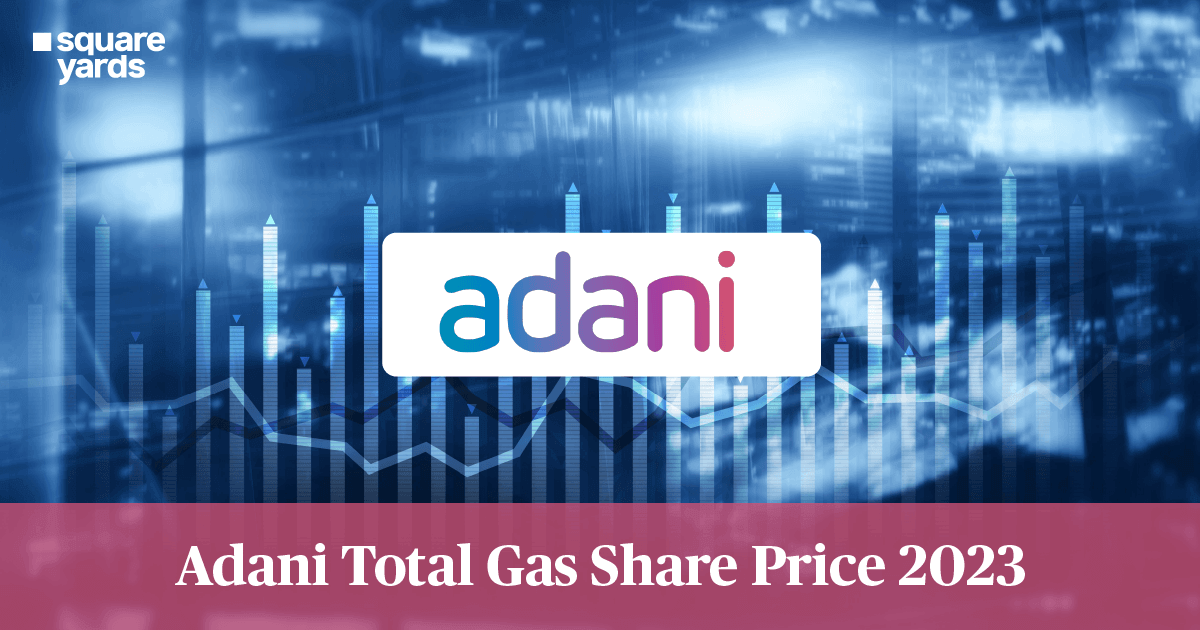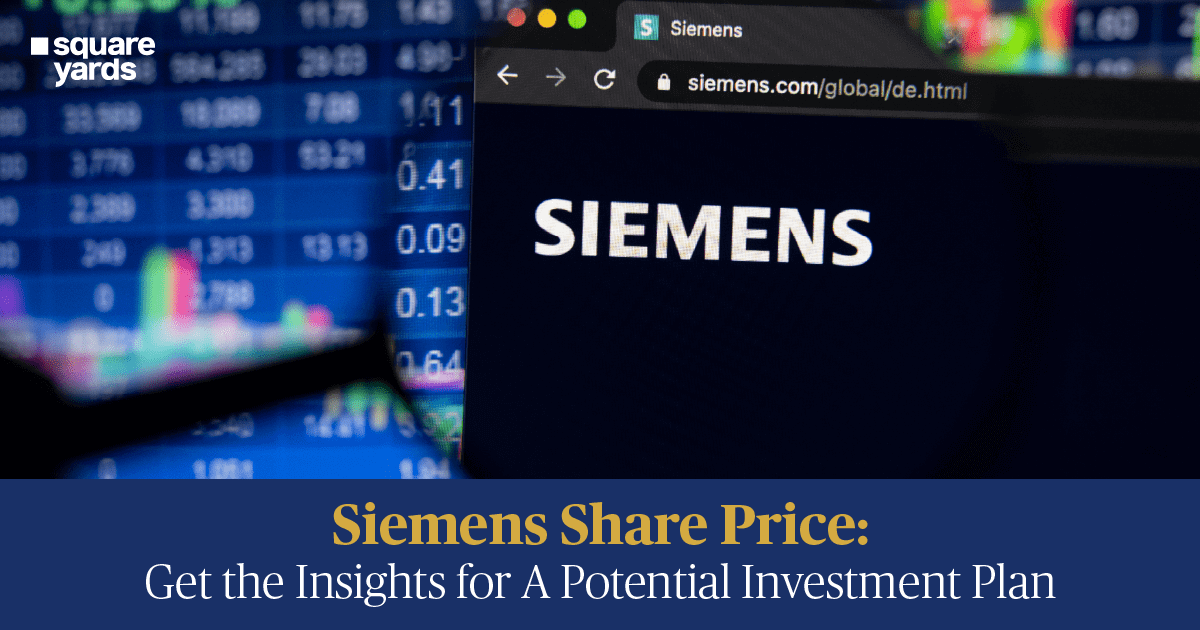BSE India has set the benchmark to understand the Indian economy and market sentiment via the Sensex index. Sensex is the index of Bombay Stock Exchange (BSE) Ltd. The Sensex index baskets India’s top 30 financially strong companies from the major sectors from the 5000 stocks listed on the BSE. Moreover, it shows the movement of the Indian stock market to the world.
When simply put, if the value of Sensex, then there will be a slight increase in the prices of shares. Also, when the value of BSE Sensex declines, the share prices will drop as well.
In this article, know more about the BSE’s indices Sensex in detail.
Table of contents
What is the Sensex?
Sensex is the standard BSE index in India. This index was first launched on January 1, 1986, which vessels the 30 stocks. These 30 stocks are the country’s financially sound and largest companies listed with the BSE. These stocks are the most-traded stocks with BSE Sensex and conclusively measure the performance and economic activities of the country.
The words ‘Sensitive’ and ‘Index’ make Sensex’. Deepak Mohini, the stock market expert, coined the term. The BSE Sensex reflects the Indian Stock Market and is the oldest index in the Indian stock market. It also provides data from the 1979 BSE, the Bombay Stock Exchange.
The Sensex share price is calculated in Indian Rupees (INR) and U.S. Dollars (USD).
The Sensex Index is reviewed and updated every six months, alternating between June and December yearly. The BSE Sensex is calculated using the free-float capitalisation method instead of simple market capitalisation.
Free-Float Capitalisation Method
It is the method used to calculate the market capitalisation of the stock market index’s concealed companies. The free-float methodology to calculate Sensex considers the equity price and multiplying the value by the number of shares readily available in the stock market.
This method of calculation is different from the full-market method of capitalisation. It is because the full-market methodology considers both active and inactive shares of the company for the capitalisation calculation.
This method is also referred to as free-adjusted capitalisation. This method excludes all the shares locked in by the companies, promoters, government, or insiders. The stock market experts believe that the free-float process is better for capitalisation. This methodology is thought to accurately provide movements of the market and the stocks in the market that are available for trading.
When the calculations are done using the free-float method, like for Sensex, the value will be smaller than the value received using the full-market capitalisation method. Hence, the Sensex index reflects the correct market trends, as it only considers the available shares for trading. Since the free-float method has been used, the index becomes broader because the method lessens the few top companies from the index list.
History of BSE Sensex
The BSE Sensex saw the worst fall on April 18, 1992, which plunged to 12.7%. This downfall was followed by the scamming incident in which a broker of the stock industry illegally transferred the funds from the public sector bank over to stock in the market for raising its estimation.
Beyond this stock market controversy, the BSE Sensex saw a surge and was growing in 1991 after the country opened its economy to the world.
Before COVID-19, the Sensex chart in January 2020 grew up to 42,000, around 5,000 in the early years of the 21st century. This contributory growth is responsible for India’s rising economy, along with the expansion of which is driven by the middle-class society as they substantially contribute to the consumer demands of the nation.
Objectives of Sensex
The evolution in the country’s economy has changed the way Sensex was calculated previously. The method of calculation shifted to the free-float capitalisation methodology. Despite the Sensex Index’s calculation method change, the objectives have not changed to date.
- The companies should be listed on India’s BSE (Bombay Stock Exchange) index.
- These constituents should either be a large or mega-cap company.
- The stocks of these companies should be relatively liquid.
- The core activities of these companies must generate revenue for them.
- The sector should be balanced in check with the Equity market of India.
Sensex Share Market Calculation
The stock prices of the 30 companies listed in BSE Sensex stocks are considered for calculating the Sensex share market value. As mentioned above, the free-float capitalisation methodology is used to calculate the BSE index for Sensex. Since this method is the best way to calculate the stock market index, it is used for BSE index calculation.
Earlier, the weighted market capitalisation method was used to calculate the Sensex index. But from September 1, 2003, the free-float method was adopted for the BSE Sensex calculation.
The 30 listed companies in the BSE index are changed from time to time for the accurate calculation of the Sensex index.
Role of SEBI for BSE Sensex Stocks
SEBI refers to Securities and Exchange Board, which is legal, the regulatory authority. On April 12, 1992, this authority was established to regulate and monitor India’s capital and securities market. It is also responsible for protecting investors’ interests and mapping out the justified guidelines and regulations.
SEBI promotes the securities market’s development and regulating the business. The authority is responsible for prohibiting insider trading from avoiding unfair trade practices. It also sets the seal on that the investors are well-aware of the market’s intermediaries.
For Sensex, the SEBI ensures the regulation and monitors the market securities and capital related to the BSE Sensex by protecting the investor’s interests.
Don’t Miss it!
| NSE India | NSE India – History, Responsibilities & Functions |
| BSE India | BSE India: History, Responsibilities & Functions |
| Nifty 50 | NIFTY 50, SENSEX, Dow Jones, and S&P 500 |
| Stock Exchange List | List of Stock Exchanges in India |
| Stock Market | What is Stock Market? |
| Stock Exchange | What is a Stock Exchange? |
| Stock Market Work | How the Stock Market Work? |
| Coin Market | What is Coin Market Capitalization |
Present Constituents of Sensex
Thirty companies are listed on the BSE current Sensex chart. These companies decide the Sensex index stocks prices. The locked-in shares of these companies are not considered for the capitalisation calculation. These 30 companies listed on BSE Sensex are as follows:
| Constituents of BSE Sensex (As of Feb 1, 2022) | Industry Of the Sensex |
| Asian Paints | Paints |
| Axis Bank | Bank – Private |
| Bajaj Finance | Finance – NBFC |
| Bajaj Finserv | Finance – Investment |
| Bharti Airtel | Telecommunication – Service Provider |
| Dr Reddy’s Labs | Pharmaceuticals & Drugs |
| HCL Tech | IT Services & Consulting |
| HDFC | Finance – Housing |
| HDFC Bank | Bank – Private |
| HUL | Household & Personal Products |
| ICICI Bank | Bank – Private |
| IndusInd Bank | Bank – Private |
| Infosys | IT Services & Consulting |
| ITC | Cigarettes/Tobacco |
| Kotak Mahindra | Bank – Private |
| Larsen | Engineering & Construction |
| M&M | Automobile – Auto & Truck Manufacturers |
| Maruti Suzuki | Automobile – Passenger Cars |
| Nestle | Consumer Food |
| NTPC | Power Generation/Distribution |
| Power Grid Corp | Power Generation/Distribution |
| Reliance | Oil Exploration and Production |
| SBI | Bank – Public |
| Sun Pharma | Pharmaceuticals & Drugs |
| Tata Steel | Iron & Steel |
| TCS | IT Services & Consulting |
| Tech Mahindra | IT Services & Consulting |
| Titan Company | Diamond & Jewellery |
| UltraTech Cement | Cement |
| Wipro | IT Services & Consulting |
How these 30 Companies Affects the Sensex Chart?
These thirty companies are well-established and financially strong from the various major sectors. Hence, the list of the companies keeps on changing and being reviewed by the ‘Index Committee’ from time to time.
The Index Committee includes:
- Mutual funds managers.
- Academicians.
- Members of the independent governing board.
- Finance journalists.
- Other financial market representatives.
The committee follows a set of specific criteria before reviewing and selecting the companies for the Sensex list.
Former Constituents of Sensex
The former companies or constituents listed for the Sensex chart are mentioned in the table below. The table also has the information about the constituents that replaced the former, the date it was reviewed, and the changes made.
| Constituents of BSE Sensex | Constituent Replaced by | Sensex Constituent Date of Replacement |
| Reliance Communications | Sun Pharma | 8 August 2011 |
| Reliance Infra | Coal India | 8 August 2011 |
| Tata Power | Lupin | 22 June 2015 |
| Hindalco Industries | Asian Paints | 21 December 2015 |
| Bharat Heavy Electricals | Power Grid Corporation of India | 20 June 2016 |
| Gail India | Kotak Mahindra Bank | 19 June 2017 |
| Cipla | IndusInd Bank | 18 December 2017 |
| Lupin | Yes Bank Ltd | 18 December 2017 |
| Dr Reddy’s Laboratories | 18 June 2018 | |
| Wipro | HCL Technologies Ltd | 24 December 2018 |
| Adani Ports & SEZ | Bajaj Finance | 24 December 2018 |
| Vedanta | Nestlé India | 23 December 2019 |
| Yes Bank | Titan Company | 23 December 2019 |
| Tata Motors | UltraTech Cement | 23 December 2019 |
The Rise of the Sensex
- On 25 July 1990, for the first time, the BSE Sensex stocks touched the four digits figure and closed at the figure of 1,001 owing to the outstanding corporate results and the good monsoon.
- On 11 October 1999, the stock market Sensex crossed the 5,000 marks as the Bhartiya Janta Party (BJP) coalition won in the 13th Lok Sabha election.
- On 6 February 2006, the BSE index crossed the benchmark of 10,000 (touched 10,003 points) in its mid-session, and the BSE Sensex stocks closed at 10,000 points on 7 February 2006.
- The Sensex chart touched the 13,000 marks on 20 October 2006. Around 135 days were taken to reach the milestone of 13,000 from 12,000 and 124 days from 12,500 to 13,000.
- The BSE Sensex crossed the benchmark of 20,000 on 29 October 2007 for the first time with a massive gain of 734.5 points. Though, the Sensex share price closed below the 20,000 marks.
- After 42 days, i.e., 11 December 2007, the BSE Sensex stocks closed at 20,000 for the first-ever time.
- The Sensex chart for the first time closed at 25,019.51, reaching the mark of 25,000.
- It took around 35 years to reach 50,000 since the launch of BSE Sensex.
- At present, the stock market investors have accumulated funds of around 200 crores with the help of Sensex share price.
Conclusion
The joint venture Bombay Stock Exchange (BSE) and S&P Dow Jones Indices (global manager of the index) manage and operate the Sensex. Since the Sensex chart contains the 30 major companies from the major sectors, it precisely reflects the stock market sentiment of India. The Sensex index is reviewed and modified from time to time to represent the accurate composition of the Indian market and economy.
FAQs about Sensex
Q1. What is the Sensex?
Sensex, also known as BSE Sensex, is the benchmark index that tracks down India’s Bombay Stock Exchange (BSE).
Q2. How is the Sensex calculated?
Sensex is calculated using the free-float capitalisation method, in which the locked-in shares of the 30 companies are not taken into consideration for the calculation.
Q3. How has the Sensex performed in recent decades?
BSE Sensex has been on a roller-coaster ride since it was introduced. The Sensex reached the 100 marks initially and took around 35 years to reach the milestone of the 50,000 mark from its launch.
Q4. Is Short Selling Allowed in India?
In India, short selling is allowed only for intraday trading. But naked short selling remains illegal in the country.
Q5. How many BSE Sensex stocks are there?
There are 30 constituent stocks in the BSE Sensex.


